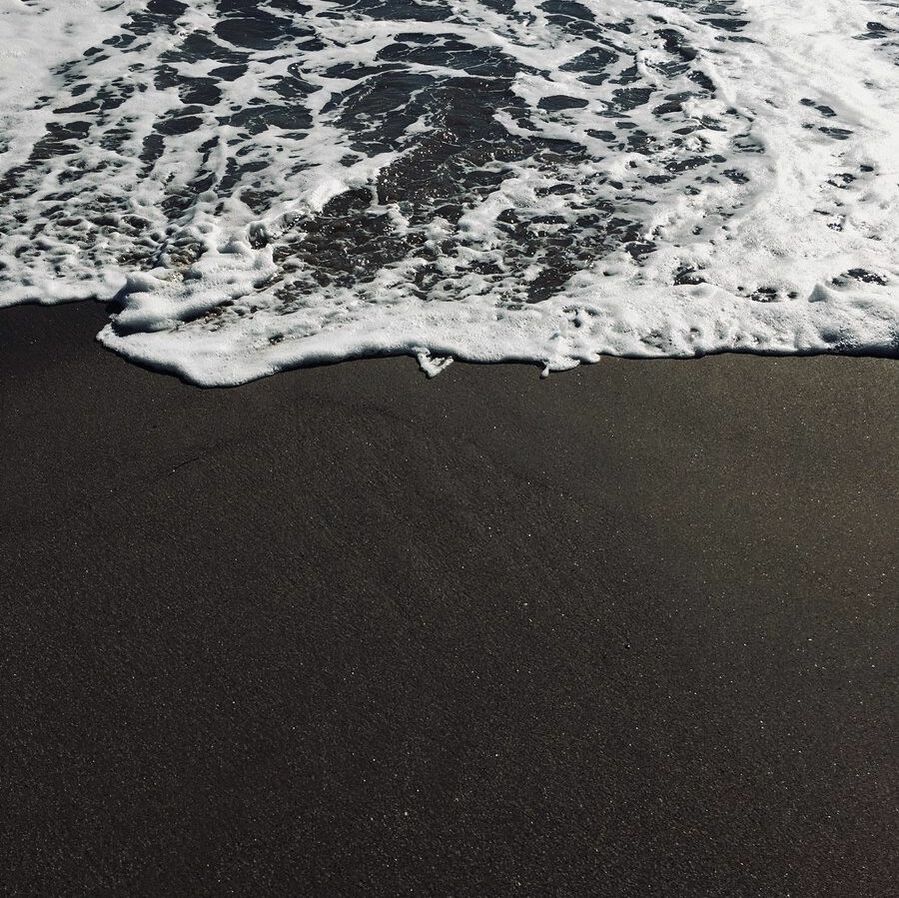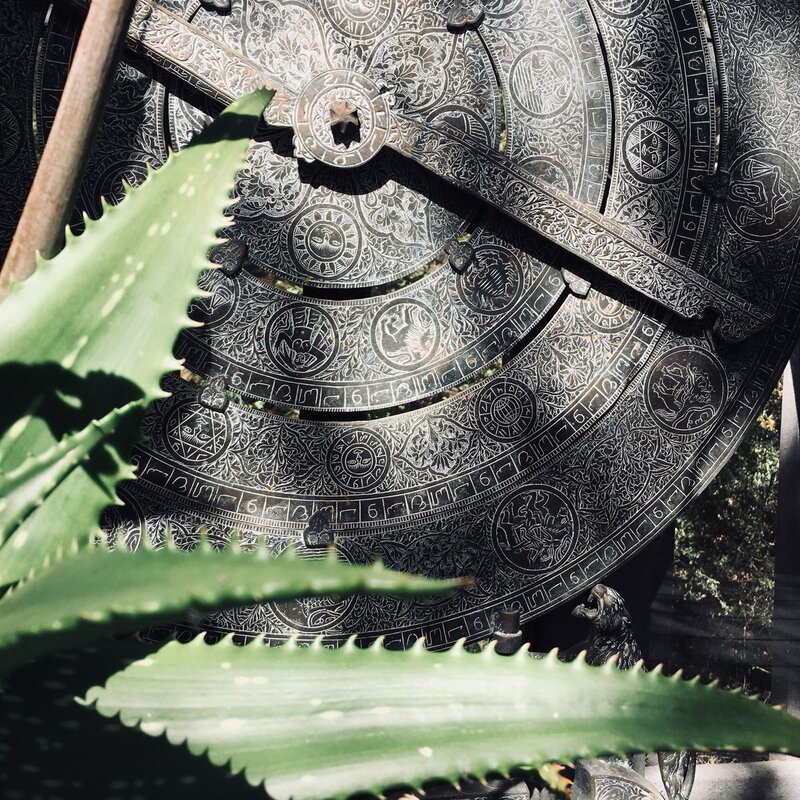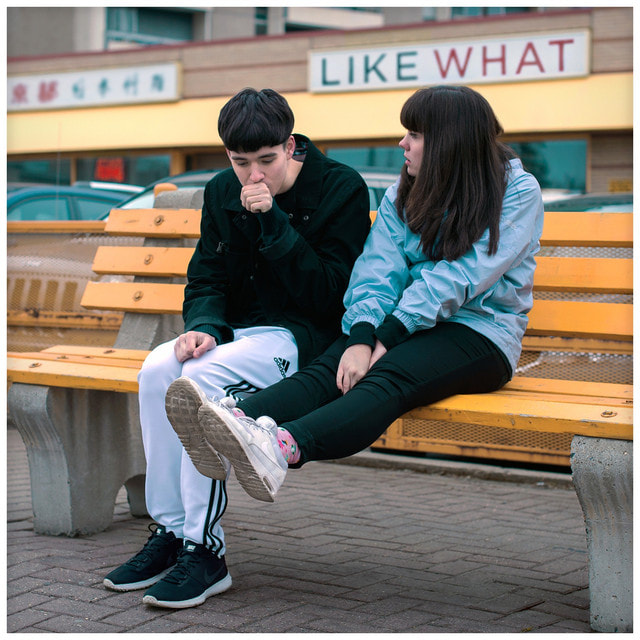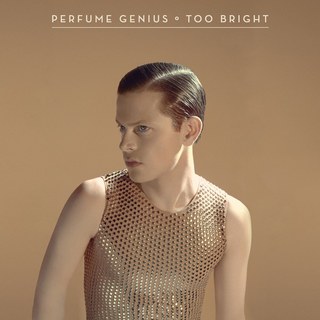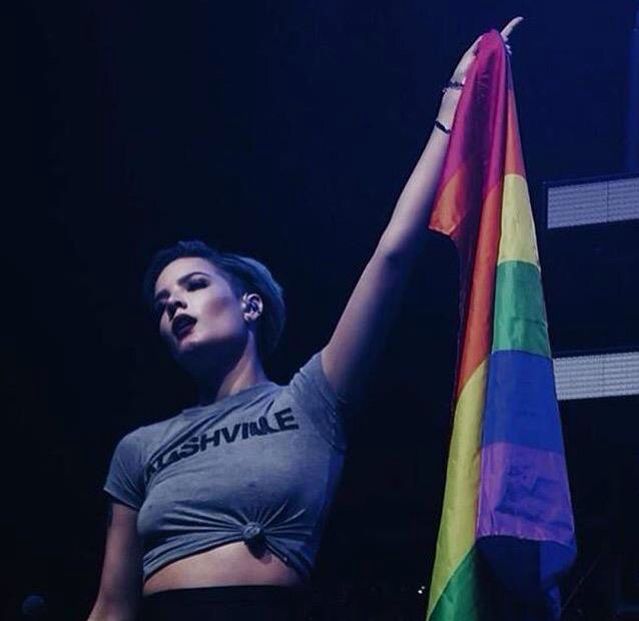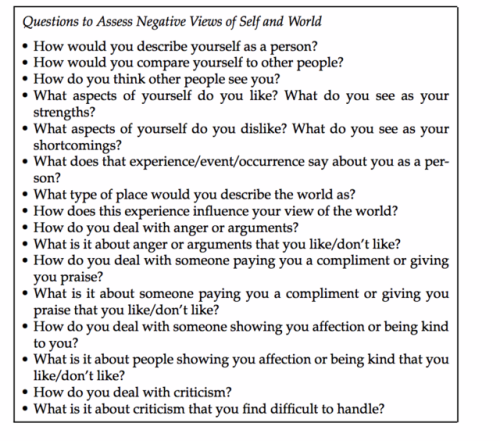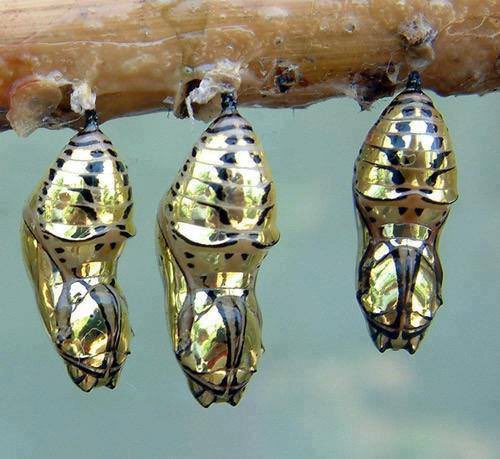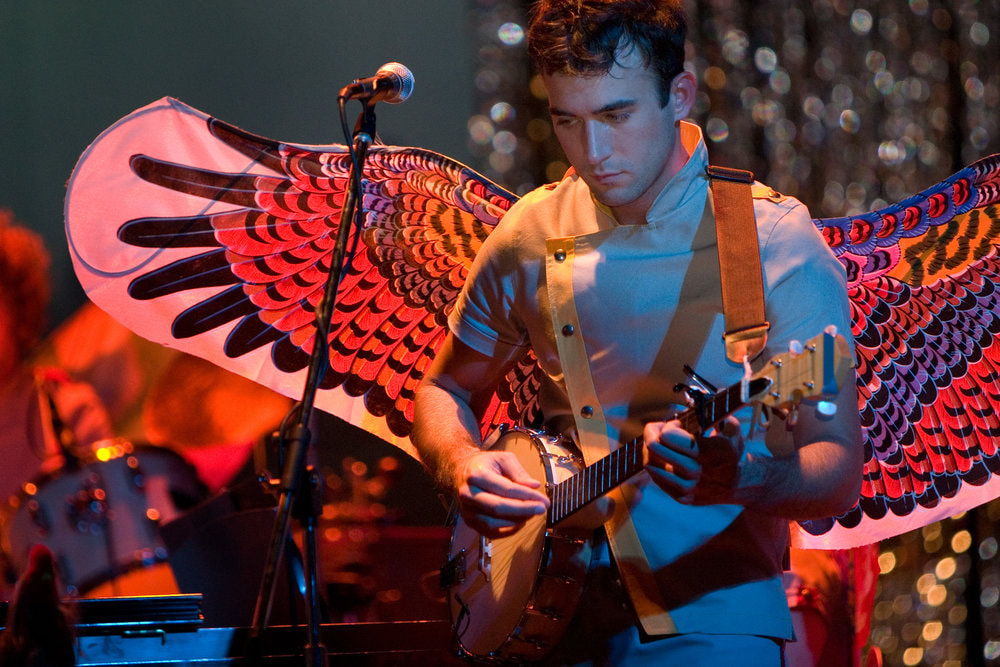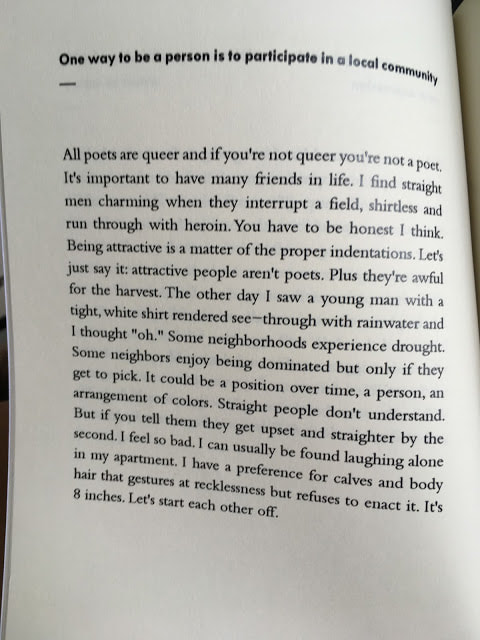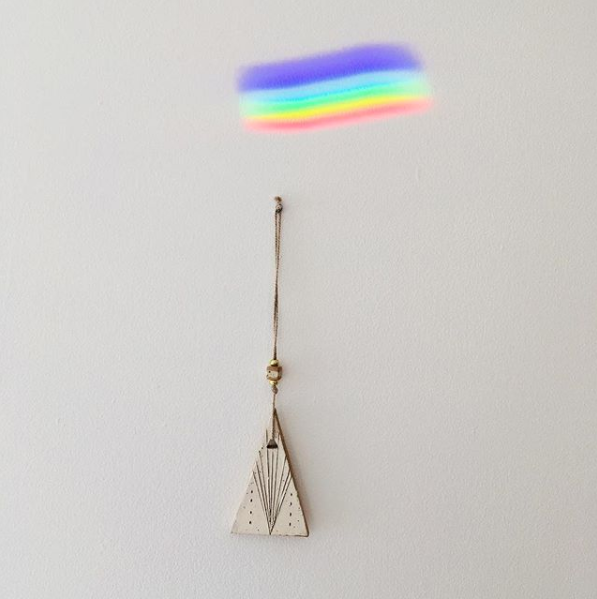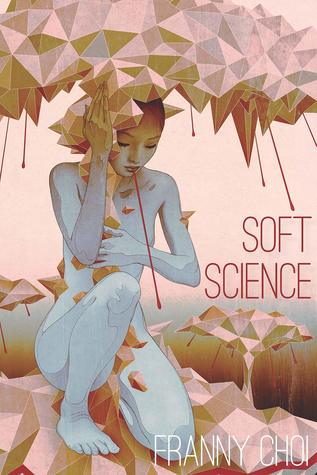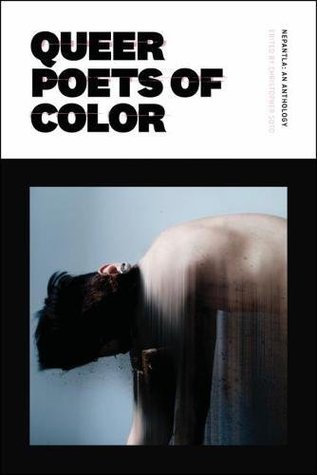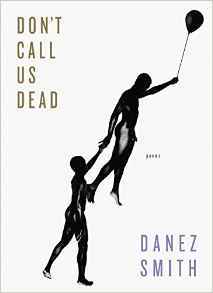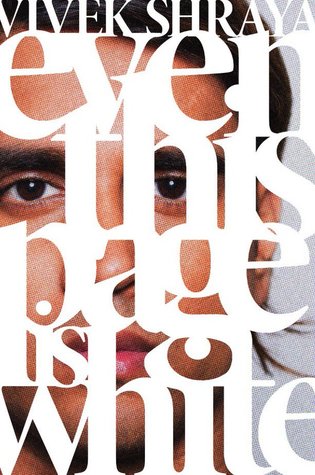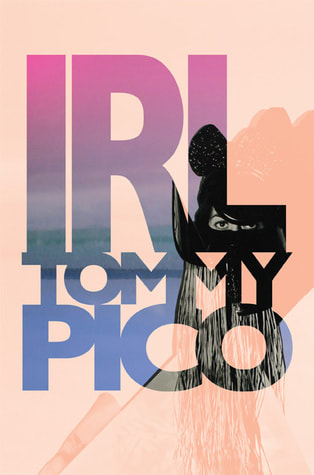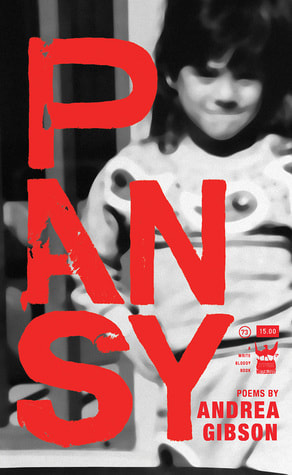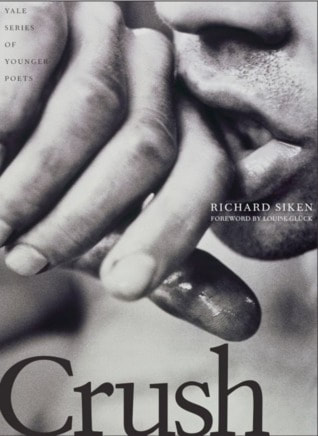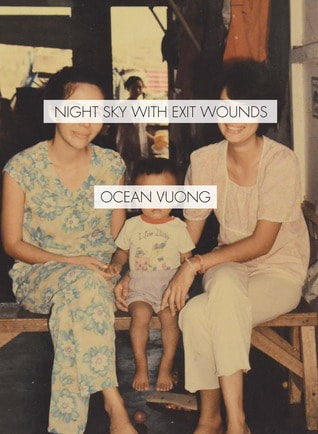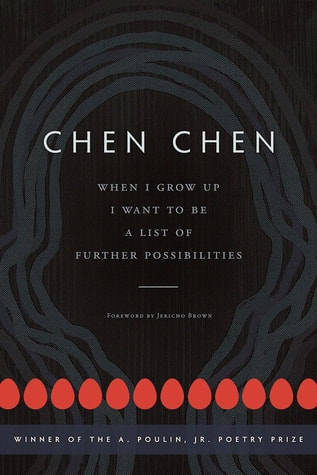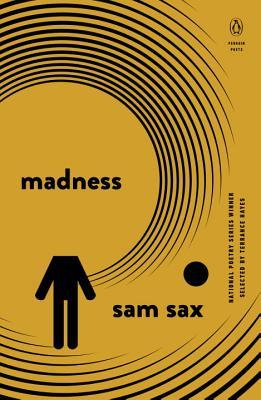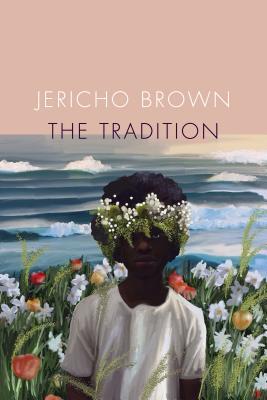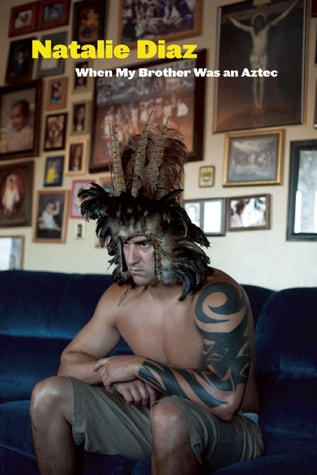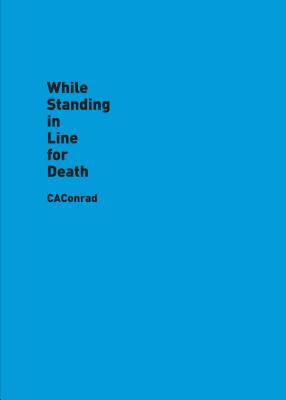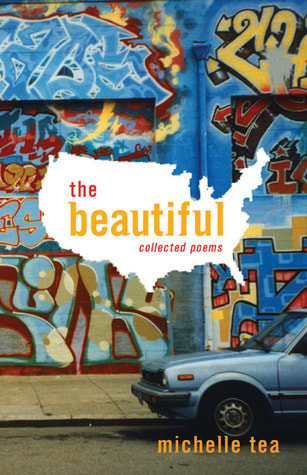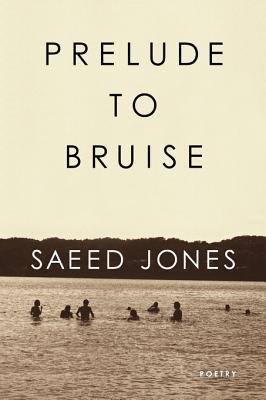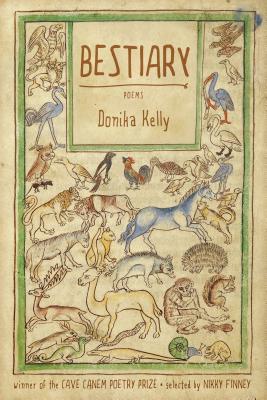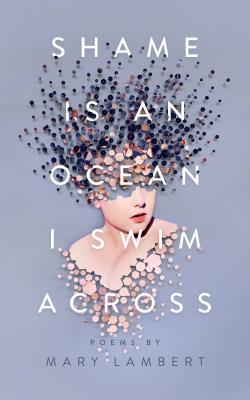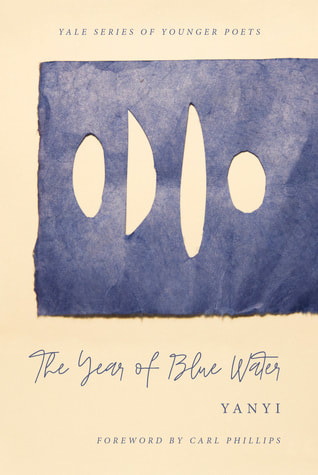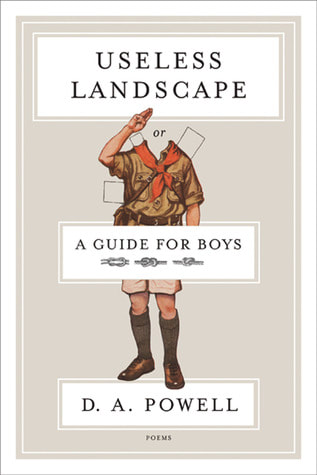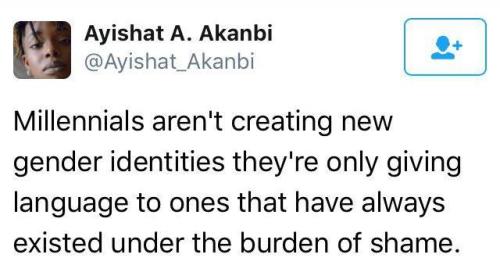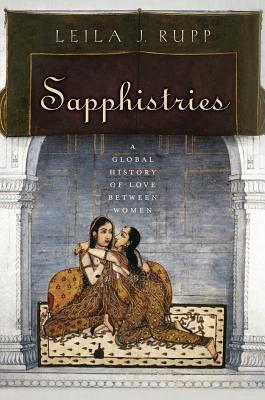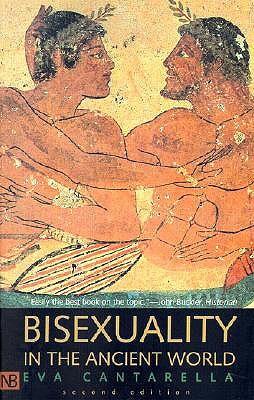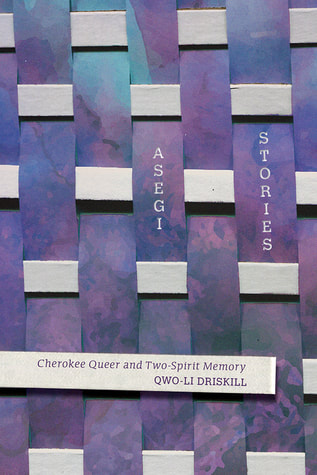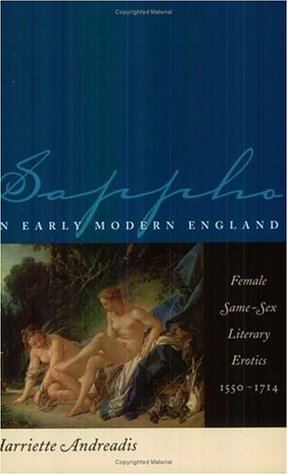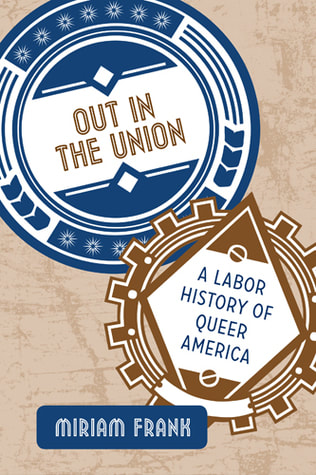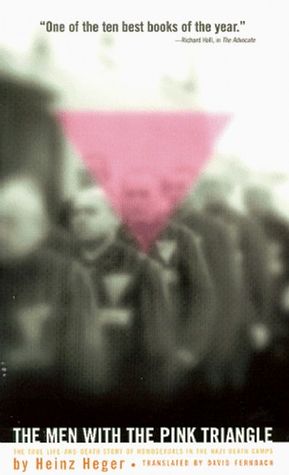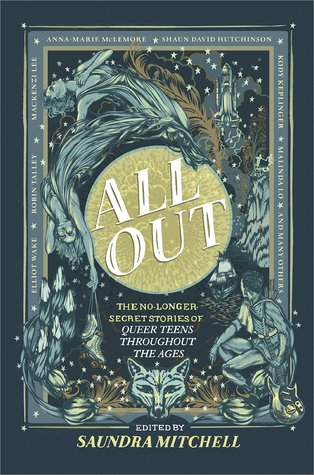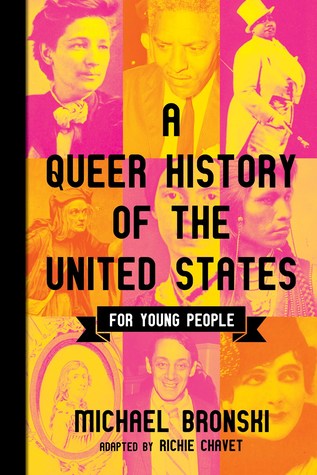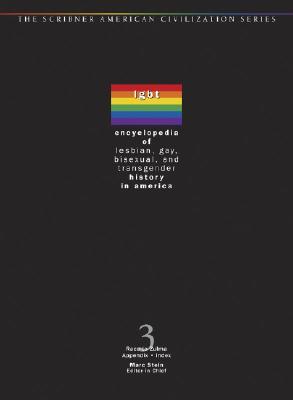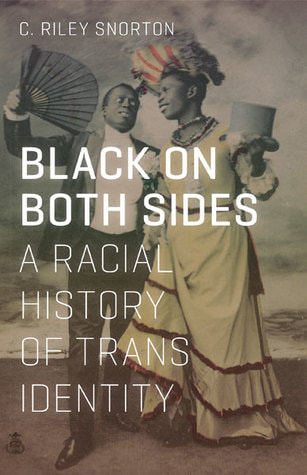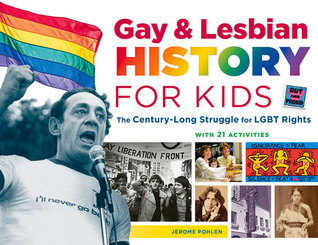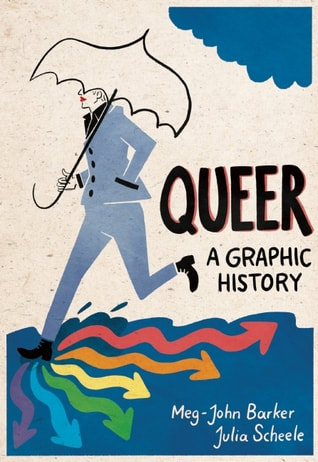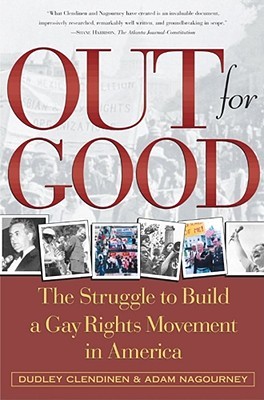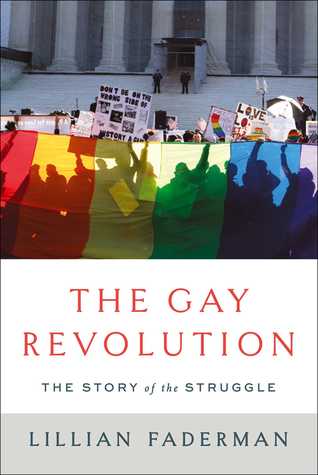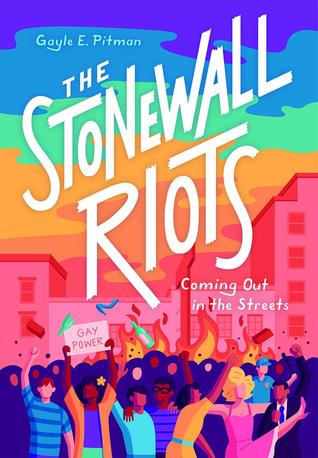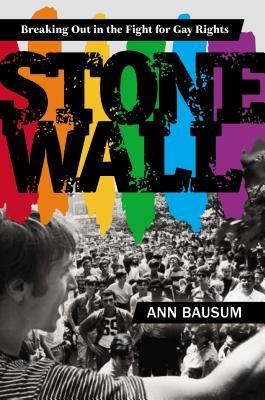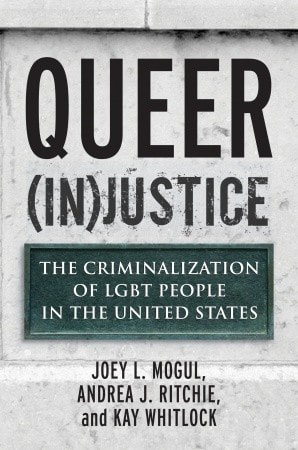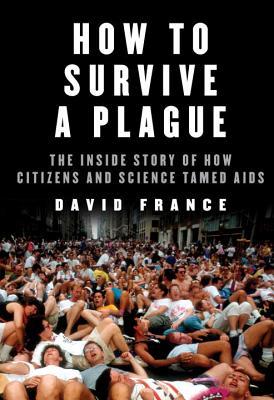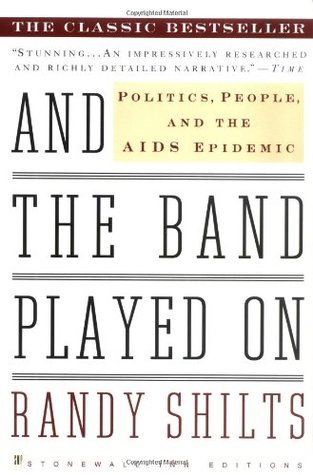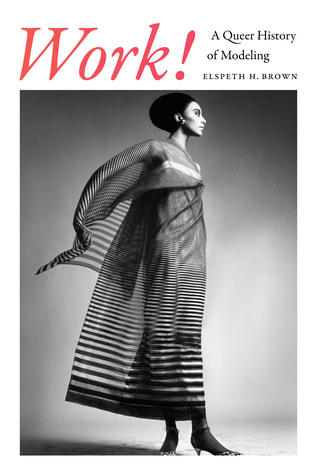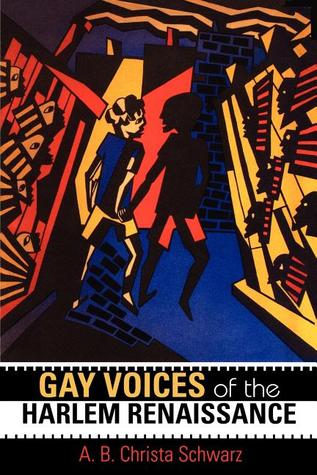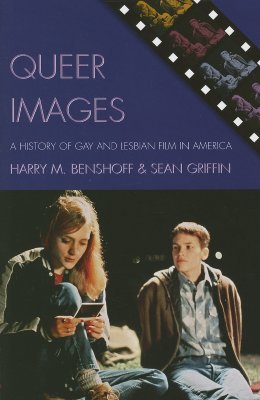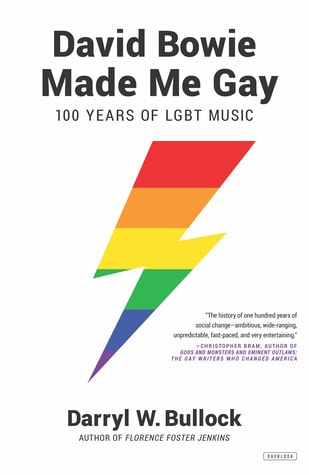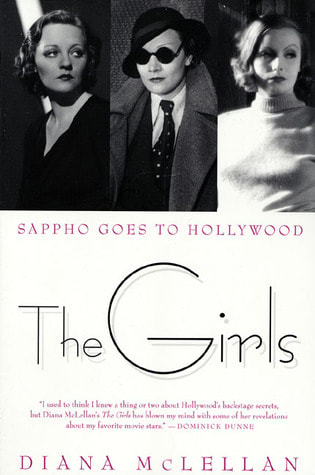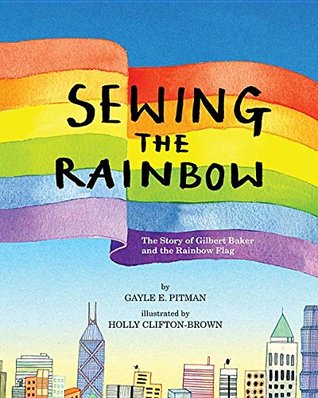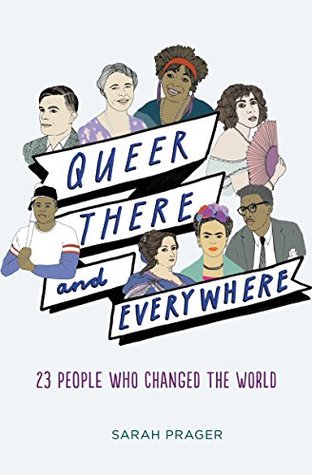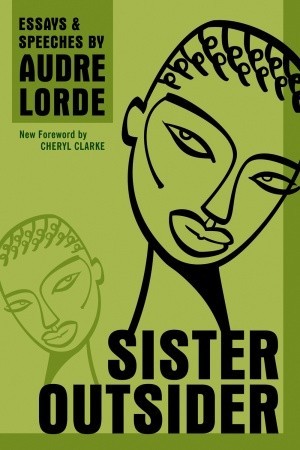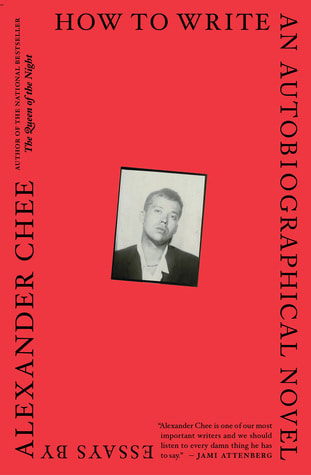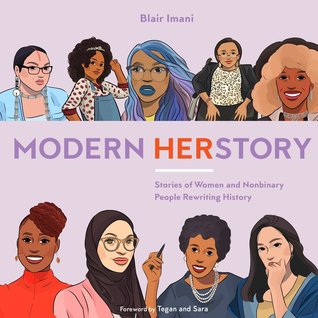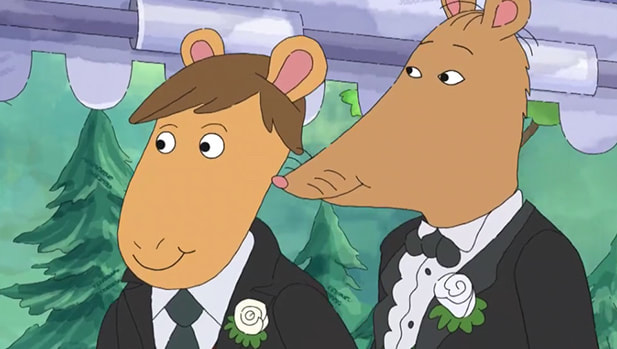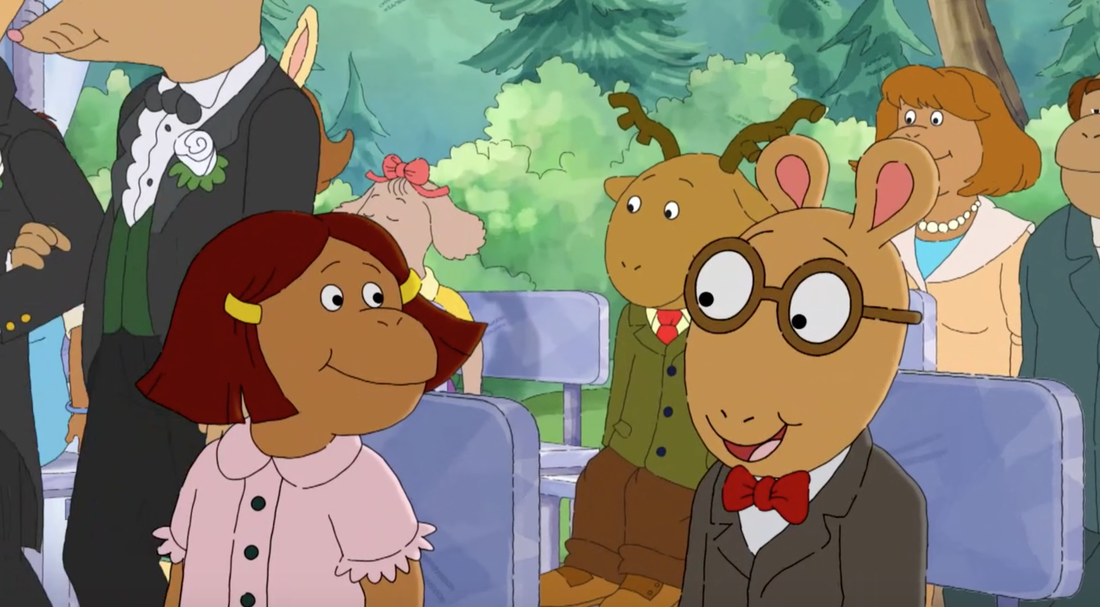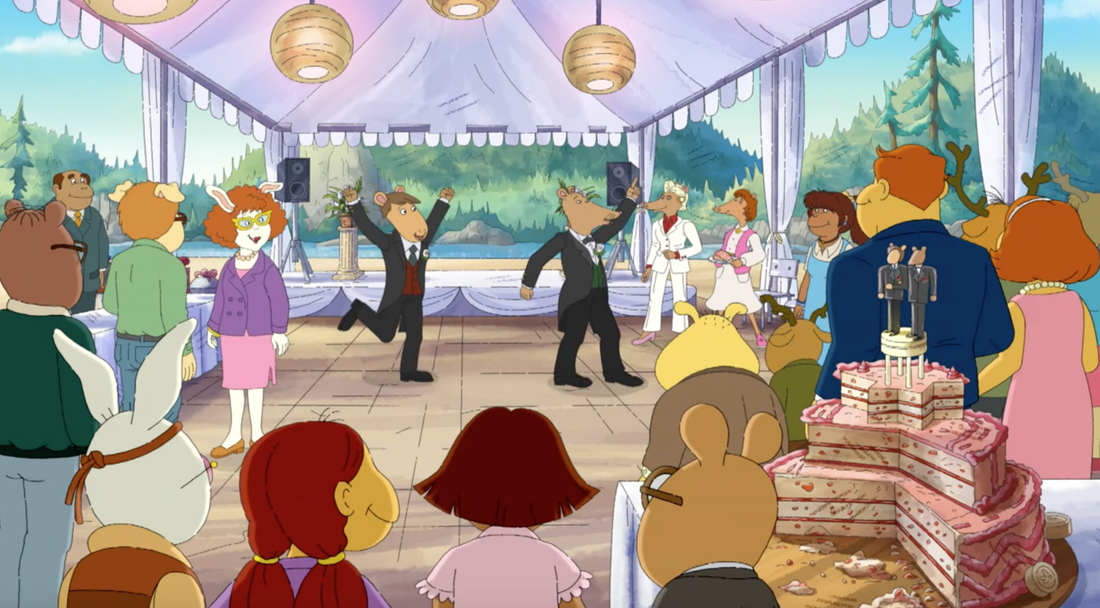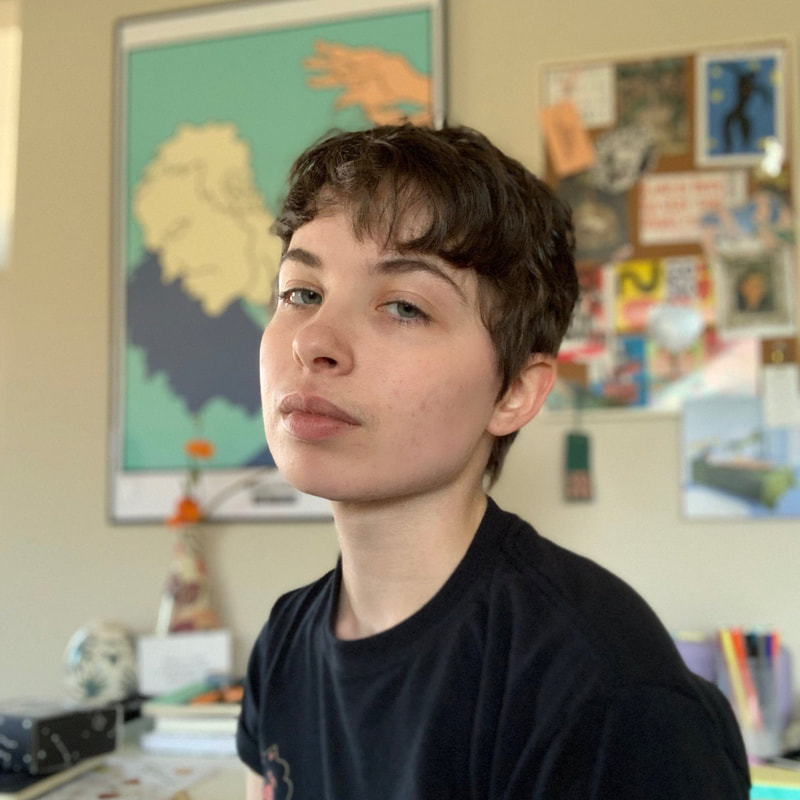|
It's no secret or surprise that canon is white, cis, and male, so I'm not even going to delve into this topic. All I'm going to say is that the canon does not have to be this way, because history has not been white, cis, and male, and if you'd like to sink into the diverse, magnificent world through books, it's wonderfully possible, especially armed with the resources below! Perhaps the most difficult part will be locating the following books, but I suggest requesting your library or local indie book store to purchase such books and writers, and using used bookstores, whether online or in person. Indiebound is also good, if you do not have access to such shops. feminizing the canonThe Second Shelf, a book shop and magazine, is an invaluable resource for not only rare or collectible books by women, but also discovering that women have been publishing high quality, notable work for a very, very long time. Not only this, but The Second Shelf is a woman owned business, so the purchase of a magazine helps both you and the lit world. While you wait on your magazine, peek into the Second Shelf Instagram. The Paris Review also has a brilliant series profiling underread women authors, called Feminize Your Canon. It makes my heart flutter. It's important for me to note that these resources are careful to be intersectional. creating trans canonNot all canon to embrace is historic. There are some voices that (as we know it) are only just being equipped to be heard and reached. RL Goldberg has written a great list for The Paris Review called Toward Creating a Trans Literary Canon. expanding the canonEnough of all this all-white canons. I recommend avoiding lists written by white folks, as our view of culture is vastly misrepresentative of reality. This is the whole problem. The Well Read Black Girl is an absolutely amazing resource for books by people of color, from people of color. Books by Native Americans is one of the most difficult tasks for me, but this list is a good start. queering the canonMove beyond Oscar Wilde with these titles and articles on and for queer theory and canon via Brown University, or this article via Advocate. for more...This is the most brief, incomplete guide one could possibly make, and I am okay with this. I so encourage you to do more research and collect lists as you read, you expand your view of the literary world, and thus people. An okay place to start is the list ALA has compiled of book, print, and media awards. You'll notice the lists contain backlist books, but it's important to remember that we are actively creating a new canon for generations beyond us. The books published today matter, and it matters that we read them. Be loud about the books you love. Tell us- and your friends, your coworkers, the social media void- about what you're reading. Happy exploring,
m
0 Comments
we are all humans. we might not feel like it sometimes (i rarely do), but really, we are, i promise. i think that lately, it has been difficult for many of us to express love and joy without a lingering sense of guilt. it’s cool on the internet to be emotionless and how can i even think about those things when the arctic is melting and the middle east is unstable and there are school shootings and there are over 70 countries where homosexuality is illegal and some of those it’s punishable by death and the bolsonaro is trying to sell the brazilian rainforests to the highest bidder and--
“As we're bouncing up and down trying to make the floor break
it’s unhealthy to think like this. yes, it’s important to be socially conscious, but, like i said, we are humans. first, we are not super efficient robots who have the ability to solve all the world’s crises, and it’s inhumane to try to put that pressure on ourselves. we really don’t have the ability to process and take on all this suffering, and when we do, we tend to feel a sense of responsibility. second, by denying ourselves true expressions of joy and love, we are denying ourselves intrinsic and crucial parts of the human experience. when was the last time you ended a good day that didn’t have an asterisk attached?
“In those heavy days of June
the month of june is pride month, which i’m sure you all knew, maybe from the inundation of rainbow merch or photos from pride parades or just generally not living under a rock. it’s important that, during pride month, we memorialize the founders of the movement, remember our history, and pay tribute to those we have lost. but just as importantly, we, as lgbt people, should express love and ourselves even when it wanders far from the status quo. in a world that wants to make us ashamed of who we are, we should try our hardest to not be afraid. if we are out, we should do this loudly, so that people know we are here. if we are not yet out, we should respect ourselves and our boundaries and proclaim love softly, so we know we are here. these small acts of self are acts of defiance, and feed the hope of a better world.
To love yourself, you must know yourself. And to know yourself, you must love yourself. Love then is a sublime and universal understanding of self and of others. Love is a discipline of one’s own self-consciousness. Love is beautiful. Love is just. It must endure, it must evolve, it must expand, it must be born-again.
we do these monthly lists not only to share ourselves with you, but to share the things that make us happy, that make everyday life more livable, that we love, and we offer them to you. these small examinations tell us that it really isn’t all bad, it isn’t really all hopeless. the world is a beautiful and weird thing and is somehow there for your taking, so grab all you can fit in two hands. and without further ado, here is the june love list.
good luck, gray listening
→ love yourself/with my whole heart by sufjan stevens
gray: sufjan stevens is out there trudging through mud fighting for our rights this pride month. we love u sufjan. m: i was going to say this too. u will love it. → too bright by perfume genius gray: i have to include this for pride month!! i so much love how this album seamlessly marries piano ballads with art pop anthems with some more experimental cuts. fave tracks: my body, grid → Tchaikovsky’s Serenade for Strings in C Major, I. Pezzo in Forma di Sonatina nadine: this month’s classical rec is also well-timed for pride (it is generally accepted nowadays that Tchaikovsky was gay). this man’s story hit me super hard in the last month. to put it shortly, Tchaikovsky married a (female) fan for well-intentioned reasons, but then it turned out to be the Worst Decision Ever, so he ran away. he then wrote that “there is nothing more fruitless than not wanting to be that which I am by nature.” i listened to that story on BBC Radio 3 [https://www.bbc.co.uk/sounds/play/p01ydqsj] and i wondered why people like him (...and me lol) ignore their own inner guidance and any glaring red flags in order to orchestrate the biggest self-sabotage possible. →Tennyson's Beautiful World m: i rediscover this song every summer, and i'm head over heels. i'm consistently amazed at Tennyson's surprising sounds used as music, such as the rush of a bubble drink being poured. deep pure summer vibes. watching
→ halsey on stright pride and fear
m: you may have heard the call for a straight pride this month. recently, two women were beaten for being gay. when halsey performed in the town, she gave this speech. by the end, i was definitely in tears, as queer kids yelled, “I am not afraid.” → on simplicity and beauty, in a silent, four second video m: the earth is magic → Rocketman (2019) in theatres, for those “new life who dis” vibes nadine: ugh, this. i almost didn’t put it in because i feel like it detonates and honestly, i have shame around proclaiming my love for it (a can of worms i shall open in my journal). but the truth is i love pop and musicals, i love things that are flashy and sort of camp, i love things that are over-the-top and larger than life, i love going to the cinema, and i love this. it’s exactly the type of thing i want to make, songs and score (the arrangements are sublime) and story. plus it feels so good to go to the cinema and forget straightness exists for a while, you know? this movie is kind of a musical happening in Elton John’s head. it’s very introspective and it’s ultimately about personal growth and support systems. please watch and ponder: what is authenticity? when we create ourselves, do we become more or less authentic? reading
→On Earth We’re Briefly Gorgeous by Ocean Vuong
m: oh oh oh, you know how it is when ocean vuong writes. it’s exactly what you expect: beautiful and fascinating and saturated and heartbreaking. it’s exactly that. OEWBG is a poetic book about coming of age within a family laden with trauma, so be prepared to feel something. I felt inspired in many ways after i completed this book, including in the way i write, and what i write. → “All Other Trans People Are Real, But *I* Am A Terrible Fraud” by Devon Price “I thought I could live a whole lifetime being mistaken for a woman and just cruising along through it. I figured that if I was really trans, I would have known in childhood, and that I would have asserted it loudly, with defiance. Something. Just. Anything. But I didn’t have that confidence. I lacked that introspection. And for years I’ve held onto that, and taken it for a sign that all my feelings are fake.” gray: insert *i’m in this photo and i don’t like it* meme. but seriously i think it’s hard to admit self doubt and as someone who feels the same way about my gender identity as this author does, i really admire this piece. → “Feminist Trans Men & the Narrative of Internalized Misogyny” by Seth Katz “The difference between a trans man or nonbinary AFAB person and a cis woman (detransitioned or not) isn’t that we hate women and want to utilize misogyny, it is simply that we aren’t women.” gray: !!!! → Levi the Poet on “I Used to Think that Positive Self-Talk was BS” m: it's easy to disregard most self help things, esp if you have depression and anxiety. but i've been learning that so many things i roll my eyes at are, scientifically, true. levi covers one of these. sipping
→ seltzer and only seltzer please someone help me i am kind of addicted….
→ the smores frap is BACK at starbucks and i am HAPPY. marshmallow whipped cream you say? on my way. → new york’s next public monument honors two trans activists: Marsha P. Johnson and Sylvia Rivera. yes. this is the exact tea i want. thinking
→nadine’s 30 day journal/tarot challenge is kicking my butt in a good way.
→ Questions to Assess Negative Views of Self and World
→ m: why haven’t i done the thing ive been mulling over for years now? what holds me back? what did i used to love, and why did i stop doing it?
→ nadine: when i developed my shame and guilt, what part of my personality took the biggest hit? how may i heal this part of my personality? maybe i need to stop asking myself what i “should” do and start asking myself what i want to do. →gray: love for oneself is far more complicated than love for another. when we are confronted with self love, we are confronted with questions. when asked, “who are they?” about someone else, we can take comfort in the fact that it’s impossible for us to ever really know. but ourselves? aren’t we suppose to know? and since we’re supposed to know, if we realize we don’t, how can we love? or if we do, and we don’t like what we see? this is something that i struggle with. love for my body and love for my mind. these things do not come as naturally as i would wish. the only way i can reckon with this fact is that i am trying. → this. what about you? what's making life worth living lately?
send us an email at [email protected]
heya my people, been a minute, huh! and i'm sad bout it. anyhoo, this is part two of a series on queer poets. i think it's important to read and support the work of diverse artists, and one simply way to do so is to read poems. they're short, they're loaded, they're good. without further ado, follows is a list of poems by the LGBTQ+ community. i will have more for you soon. i hope you enjoy. love and support, and see you sooner than later, m one way to be a person is to participate in a local community by robert montes i guess by now i thought i'd be done with shame by franny choi afraid of nothing by keaton james recreation by audre lorde i invite my parents to a dinner party by chen chen howl by allen ginsberg the 17 year old and the gay bar by danez smith on earth we're briefly gorgeous by ocean vuong novel by arthur rimbaud poem about my rights by june jordan who said it was simple by audre lorde dear straight people by denice frohman orlando by andrea gibson you are jeff by richard siken trans jesus by keaton james more lists: Odes to Intimate Queer Love: These 12 Gay Poems Will Make You Want to Fall in Love (and Lust) via Hornet Poems & More via poets LGBTQ Pride Poems via poetry foundation m
heya dear lovelies, this month marks 50 years since the stonewall riots, an occurrence reminding us that queer folks had to literally fight to be seen, acknowledged, and gain human rights. one need only glance at the states of politics and churches to know the fight has not ended. this month, to pay homage to queer artists, i encourage you to do something small every day, to listen or to see a queer person. one opportunity is included here: read a poem every day, written by someone in the LGBTQ+ community. this would be a lovely challenge to complete alongside nadine's 30 day challenge. as we hear others, it is healthy to process our own feelings on gender and love, regardless of our orientations. following are a handful of queer poets and their books to start you off in exploration... but not to worry- i will check in throughout the month to give you 30 poems to read. happy wandering, m
and a couple more...Howl by Allen Ginsberg
Voyage of the Sable Venus by Robin Coste Lewis Conflict Resolution for Holy Beings by Joy Harjo How to Love a Country by Richard Blanco Lessons on Explusion by Erika L. Sanchez Wind is the Wind by Carl Phillps We're On by June Jordan Upstream by Mary Oliver Afterglow (a Dog Memoir) by Eileen Myles Happy Pride month! Something I want people to realize is that history grounds a person. History validates and reinstates an existence… it gives it dimension and lineage and a family. Without a history, a people can be erased or made unstable. This is the reason libraries and museums are often burned in times of war… eliminate a people’s stories, and you eliminate a sense of being. I don’t know about you, but I never learned about a queer person, ever. I think this contributes to people’s sense of “well I just don’t understand gay people, so I don’t support it.” to which I always say Congratulations!!!! You are straight!!!!! Being queer is not a new concept. It’s not the hipster way. It’s not revolutionary or strange or an experiment… it’s literally existed since the beginning of time. People need to know this. Having a sense of queer history does not just prove existence to a straight, cis person. It grounds a queer person, and eases the loneliness and fear that being queer in our society can force upon a person. History grounds us. So hello, curious friend. Delve into the history of queerness, and familiarize yourselves with the people who have contributed to our world today! and if you prefer very bite size pieces of information, may I suggest: a woman who took it upon herself to care for and burry men dying alone of aids. performance art acknowledging the name of queer victims of hate crimes. 6 major moments in lgbtq+ history, beside stonewall. how artists take on stonewall. queer rulers on coins. lgbtqia thru history + brief biographies histories
general LGBTQ+ history
Politics, Protest, Justice, and StonewallHere’s the thing. Queer existence is political and revolutionary. That’s just the way it has been. Therefore, much of the above could fit into this category, but the following books place a specific emphasis on revolution.
Aids
Art
Biography
want more options?Carolyn Yates wrote a 25 title long list of LGBTQ history books… and Casey wrote about 13 more! The Skimm has a great list of books. Not enough? Bookriot has 50; there’s something in there for you. Have an interesting article for me to add? Please let me know! love you much-- you are valid and real and seen. take care,
m when i was a youngster, so many moons ago, i would wake up in the morning, walk my brother to the bus stop with my mom, and then go home and watch a show on PBS called arthur. it was my favorite show and is definitively the show of my childhood. arthur is the longest running children’s television show, and since it deals with important real world situations that children face (like dyslexia and autism spectrum disorder) in ways that doesn't talk down to the viewer, arthur is a show that has really touched people’s lives. i think we all remember a little while ago when the rug was pulled out from under us regarding bert and ernie. a writer for sesame street, mark saltzman, said in an interview that bert and ernie’s relationship was inspired in part by a relationship he had with a man, and then sesame street responded with a press release that said that since bert and ernie were puppets, they didn’t have a sexual orientation. and so we were all like, sure, but what about kermit and miss piggy? and sesame street was like…ya’ll hear sumn? while i do think that bert and ernie are a sweet depiction of a desexualized gay relationship, that’s kind of besides the point. like bert and ernie, mr. ratburn’s sexuality has been a topic of discussion on the arthur side of the internet (which evidently does exist). there was, from what i could tell, a pretty big consensus that mr. ratburn was gay. this kind of speculation about a character can lead to three possible outcomes: arthur/PBS execs ignore speculation and never confirm nor deny whether mr. ratburn is gay; arthur/PBS execs state unambiguously that mr. ratburn is not gay and possibly give him a gf in the show; and arthur depicts mr. ratburn as gay on the show. as someone with a lot of television watching experience, i assumed #1 or #2 (most likely #1, given PBS’s reputation, which wouldn’t have been the end of the world). of course, if you’re on the internet like i am, you’d find that my assumptions were wrong. we got #3. on arthur s22 ep01, mr. ratburn gets married. to a man! to a chocolatier! how sweet (no pun intended)! when i heard this, i was a little worried that it would be done in a way that makes it seem like the show was patting itself on the back. oh look at us! we included a LGBT character! kind of like marvel did in end game with that gay mets fan (full disclosure: i didn’t see it and i dont care). but no! it was so casual, and so, as much as i usually hate using this word, wholesome. the reveal that he’s marrying a man doesn’t even come about until the very end of that portion of the episode, when mr. ratburn walks down the aisle with patrick. LGBT characters in media are often treated unfairly. in some cases, they are coded and written as LGBT (sometimes stereotypically, which is cringe) and never confirmed. sometimes they are explicitly stated as being LGBT, and their storyline is one of tragedy and they don’t get a happy ending. sometimes, they live for years with their life partner only for some straight executive to decide that they are actually just best friends. we rarely see these characters not have to face some kind of discrimination; even in worlds that are thoroughly fictional, writer’s personal prejudices against these kinds of characters or their tendencies to reach for overdone and outdated tropes bleeds through. but in arthur, a show that does not often shy away from depicting real world situations, we are given a story where a gay rat gets a very happy ending, and i think that that is what he deserves, and what we deserve. (all images via PBSkids.org)
|
the cluba small collective dedicated to personal, creative, and communal growths. Archives
January 2021
Categories
All
|
